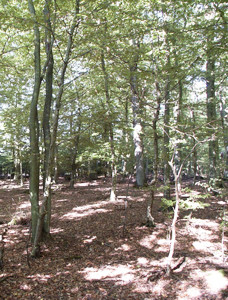 Oak- and European Hornbeam woods can be found on very different soils. However they grow more easily on the heavy and fertile soil of the Ösling valleys or the heavy clay soils of the late Triassic landscapes of the Gutland.
Oak- and European Hornbeam woods can be found on very different soils. However they grow more easily on the heavy and fertile soil of the Ösling valleys or the heavy clay soils of the late Triassic landscapes of the Gutland.
With its multi layer structure and the rich underbrush the “Groussebësch”, a typical oak- and European Hornbeam wood, belongs to one of the richest in species forest besides the riparian zone and swamp woods.
Upper layer
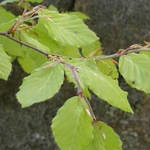 |
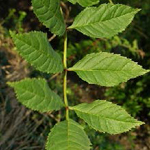 |
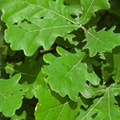 |
|
| Beech | Pendunculate Oak | Ash tree |
In the upper layer there are mostly high trunk oaks, which are not spending too much shadow and delivering a high quality timber. There are also some beeches and ash trees mixed with the oaks. In the “Groussebësch” however the proportion of beeches is obviously higher.
Middle layer
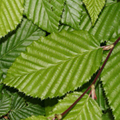
European Hornbeam
In the middle layer you can find the species spending more shadow, with a high coppicing capacity, like the European Hornbeam and the lime tree. Hazelnut, hawthorn, buckthorn and European spindle are forming, together with other shrubs the underbrush.
Shrub layer
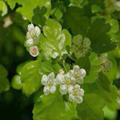 |
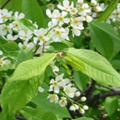 |
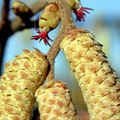 |
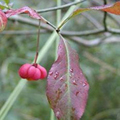 |
| Hawthorn | Buckthorn | Hazelnut | European spindle |
Herb layer
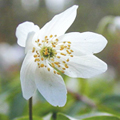 |
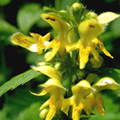 |
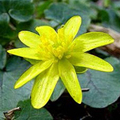 |
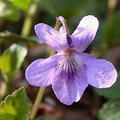 |
| Wood anemone | Yellow Archangel | Lesser celandine | Waldveilchen |
In the early spring, when the oaks have not yet opened their leaf, the wood anemone, violets, lesser celandine and other herby weeds transform the wood ground into a beautiful carpet of spring flowering plants.
During centuries the farmers did fatten their cattle on the wood pastures of the oak- and European Hornbeam forests. Today only remains of this form of forest still exist, because people did clear ever more the woods in order to use the ground for agriculture.
The habitat : Oak- and European Hornbeam wood
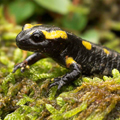 |
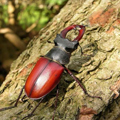 |
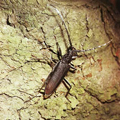 |
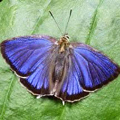 |
| Salamander | Stag beetle | Longhorn beetle | Purple Hairstreak |
This habitat has a special importance for nature protection. Because it is offering different light conditions and because of its multi-layer structure, many species from fauna and flora are able to develop and live in these small micro climates this kind of woodland is offering.
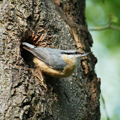 |
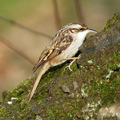 |
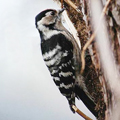 |
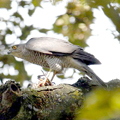 |
| Eurasian Nuthatch | Short-toed Treecreeper | Lesser Spotted Woodpecker | Eurasian Sparrowhawk |
